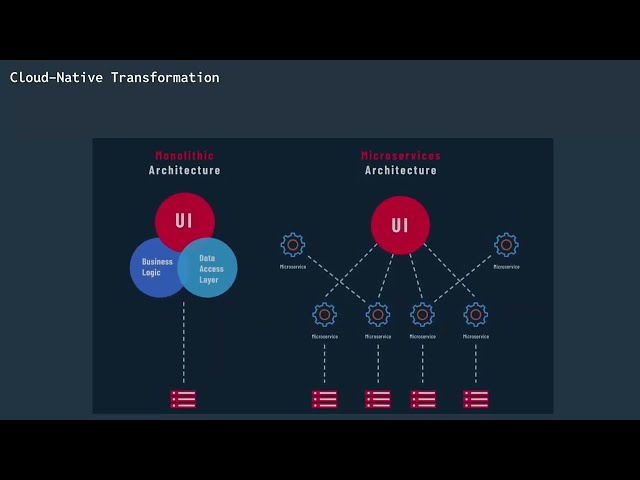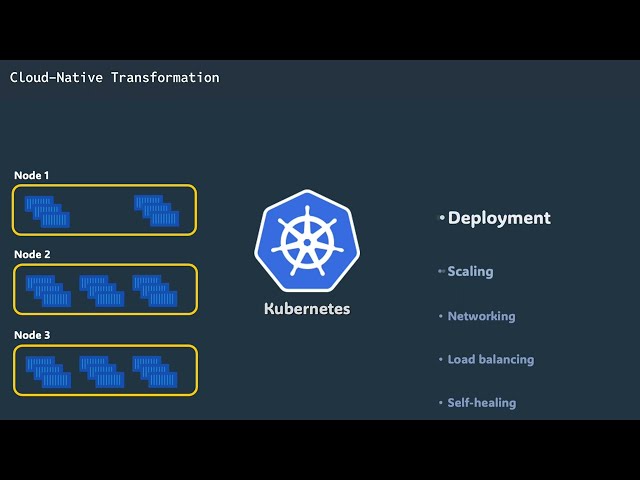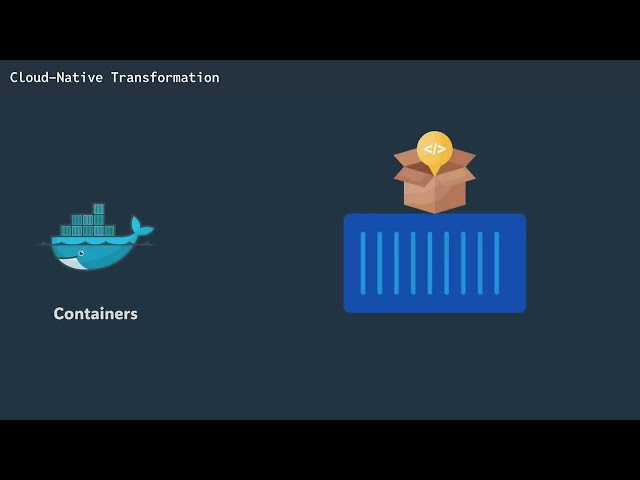Cloud-native technologies are transforming the way applications are developed and deployed. By moving away from large, monolithic architectures to dynamic systems designed for agility and scalability, organizations can innovate faster and respond to user needs more effectively.
What Are Cloud-Native Applications?
Cloud-native applications are built around three core concepts:
-
Microservices
-
Containers
-
Orchestration tools (e.g., Kubernetes)
Each of these plays a crucial role in building scalable, resilient, and agile applications.

Microservices: Modular and Independent
Microservices architecture breaks down an application into smaller, independently deployable services. Each service is responsible for a specific business function. For example:
-
Shopping cart
-
Payment processing
-
Recommendation engine
Benefits of Microservices
-
Modularity: Easier to develop, test, and deploy components individually.
-
Loose Coupling: Services communicate via APIs, making the system more flexible.
-
Faster Development: Teams can work on different services in parallel.
-
Improved Scalability: Individual services can be scaled based on demand.
Example: If login traffic increases, only the authentication service needs to scale.
Containers: Portability and Consistency
Containers package an application along with everything it needs to run—code, libraries, configuration files, and runtime environments.
Key Advantages of Containers
-
Portability: Run the same container across development, testing, and production.
-
Lightweight: Unlike virtual machines, containers share the host operating system’s kernel.
-
Consistency: Same environment everywhere reduces bugs and deployment issues.

Orchestration with Kubernetes: Automation and Management
Managing hundreds of containers manually is impractical. This is where container orchestration tools like Kubernetes come into play.
Kubernetes Automates:
-
-
Deployments: Schedules when and where containers should run.
-
Scaling: Adds or removes containers based on real-time workloads.
-
Networking: Manages secure communication between containers.
-
Load Balancing: Distributes traffic evenly across services.
-
Self-Healing: Automatically restarts failed containers, reducing downtime.

-
Summary
In this article, we explored what cloud-native technologies are and how they differ from traditional monolithic application architectures. Cloud-native development relies on:
-
Breaking applications into microservices
-
Using containers for portability
-
Managing everything with orchestration tools like Kubernetes
This modular and automated approach leads to faster innovation, easier scaling, and more resilient systems.